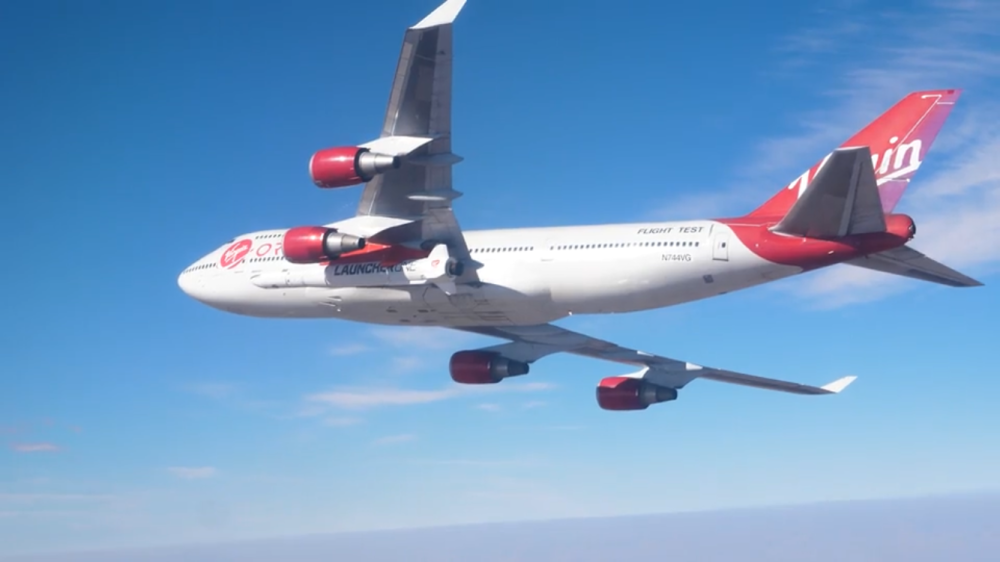It’s a basic rule of economics that the intersection of the supply and demand curves for a product or service will give you the “market clearing” price.

It’s therefore no surprise that if the cost of an item goes down, then the demand for it should increase, assuming normal economic curve profiles.
(quick lesson on demand elasticity – items with elastic demand get purchased more as the price goes down, up to a point of course. Items where demand is partially or completely inelastic behave differently, though. For instance, a medicine that you need to take once/day as an individual may be a certain price, but if the price were cut 99% you would still take the same amount, because, you know, it’s prescribed for a reason… However, more people who did not take that medicine may now be able to afford it, but again each person will still only take the amount prescribed, regardless of further decrease in price).
What’s interesting in the Space industry is that the demand is not a direct path from A to B. About 20 years ago, i was asked to give a talk on space economics at a Space Frontier Foundation hosted conference in Seattle. In my presentation, i pointed out that most of the industry value chain at the time was dependent on demand signals that were completely disconnected from them and hard for them to react to, and that if they invested in increasing the supply of their particular segment, it wouldn’t matter. The industry is broken into segments that roughly followed this path:
- Spaceports
- Launch Vehicles
- Satellite Manufacturers
- Satellite Operators
- Value Added Resellers (VARs)
- Customers
Many companies and entrepreneurs were focusing on getting into the Spaceport and Launch businesses. Which made sense, because rockets are cool. And blasting them off is therefore also cool. Look at the madness of bidding that various states engaged in when trying to win the VentureStar spaceport business.
But the reality was (and is) that people made satellites to serve customer demand. And then they would order the rockets only if they were going to have satellites. Which meant having spaceports only mattered if more rockets were going to fly. But lowering the cost of a rocket, or of a spaceport facility, didn’t really change the demand for satellites, so the economics didn’t change as they were hoping…
Which is a big reason why Iridium, Globalstar, Odyssey, Teledesic, ICO, and so many others failed in the first go (virtually all of the paper systems that were announced with much fanfare and many powerpoint slides NEVER made it into space, and the two big ones that did had spectacular failures…).
I should note that it’s a perfectly valid strategy to try to corner a market that isn’t expanding if you can find a way to get a competitive advantage – like Sea Launch tried to do by making anywhere in the ocean on the equator their launch site.
Now it’s a VERY different thing if you are building a fundamentally different type of launch vehicle – like SpaceX and Blue Origin have – because you are taking an expendable asset and making it reusable. But that is not what the leading players at the time (Boeing, Lockheed, Ariane, etc) were doing. Which is an entirely separate “we told you so” blog post.
Decades ago, the visionary founders of Orbital Sciences envisioned a virtuous cycle that allowed making your own small satellites and having a lower cost way of launching them. Which is how they brought us the Pegasus.

Unfortunately, there weren’t that many small sats to launch back then, so the Pegasus never achieved a significant flight rate, and Orbital ended up changing hands so that it is now part of the Northrop family.
Anyways, back to the Economics of Space. So technology has evolved significantly since the late 90s. With the advent of ubiquitous broadband, Netflix now streams, when in the beginning it shipped physical discs by mail (and still does, actually). The iPhone ushered in an era of mobile computing many would never imagined at the time of the dot com crash (or, if you’re Steve Ballmer, even in 2008). Chips become ever more powerful, antennas get better, and clever people build smaller satellites to serve niche uses at a global scale (like IoT).

(The first Swiss cubesat)
With many more cheaper satellites, the need for a way to deploy them drives the growth of the small end of the launcher market (a segment of customer demand that the Delta IV, Falcon 9, etc are ill suited to serve).
As they say, history repeats. If not, it certainly rhymes. Enter Virgin Orbit. Using a 747 platform to lower the cost of launch for small sats (getting out of the first 30,000 feet makes the rocket cheaper to fly).

It probably put a little bit of a scare into British Airways (who may have simply mistaken it for an escalation in the cross-Atlantic commercial air travel wars…).
It’s a great time for the space industry.
